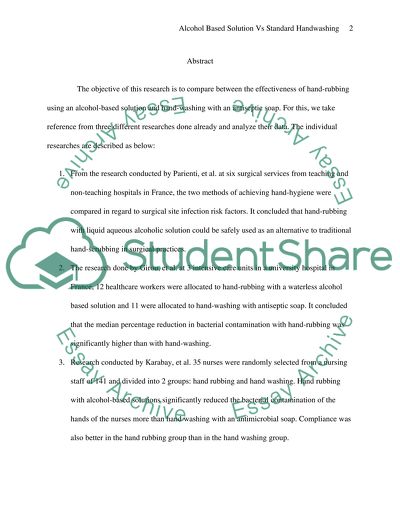Cite this document
(“Alcohol Based Solution and Standard Handwashing Essay”, n.d.)
Retrieved from https://studentshare.org/miscellaneous/1502597-alcohol-based-solution-and-standard-handwashing
Retrieved from https://studentshare.org/miscellaneous/1502597-alcohol-based-solution-and-standard-handwashing
(Alcohol Based Solution and Standard Handwashing Essay)
https://studentshare.org/miscellaneous/1502597-alcohol-based-solution-and-standard-handwashing.
https://studentshare.org/miscellaneous/1502597-alcohol-based-solution-and-standard-handwashing.
“Alcohol Based Solution and Standard Handwashing Essay”, n.d. https://studentshare.org/miscellaneous/1502597-alcohol-based-solution-and-standard-handwashing.


